Sometimes, I wish I had a time machine.
Not to rewind my own life — to reverse past decisions or to game the stock market — but to experience nature as it was centuries or millennia ago.
I’ve always been equally fascinated by extinct wildlife as I am by living species. To me they are two sides of the same coin: life on earth, past and present. Now I’m as dinosaur-obsessed as the next person, but despite the appeal of Allosaurus and Triceratops my interest always gravitates towards more recently extinct fauna. Mammoths and terror birds, Titanoboa and saber-toothed tigers.
On a geological timescale, these creatures are just out of reach. Modern Homo sapiens lived alongside them. And if I had lived 500 or 10,000 years ago, I could have seen them, too.
All of which begs the question: If I had a time machine, what species would be on my wish list?
-
Megalania
Varanus priscus | Australia
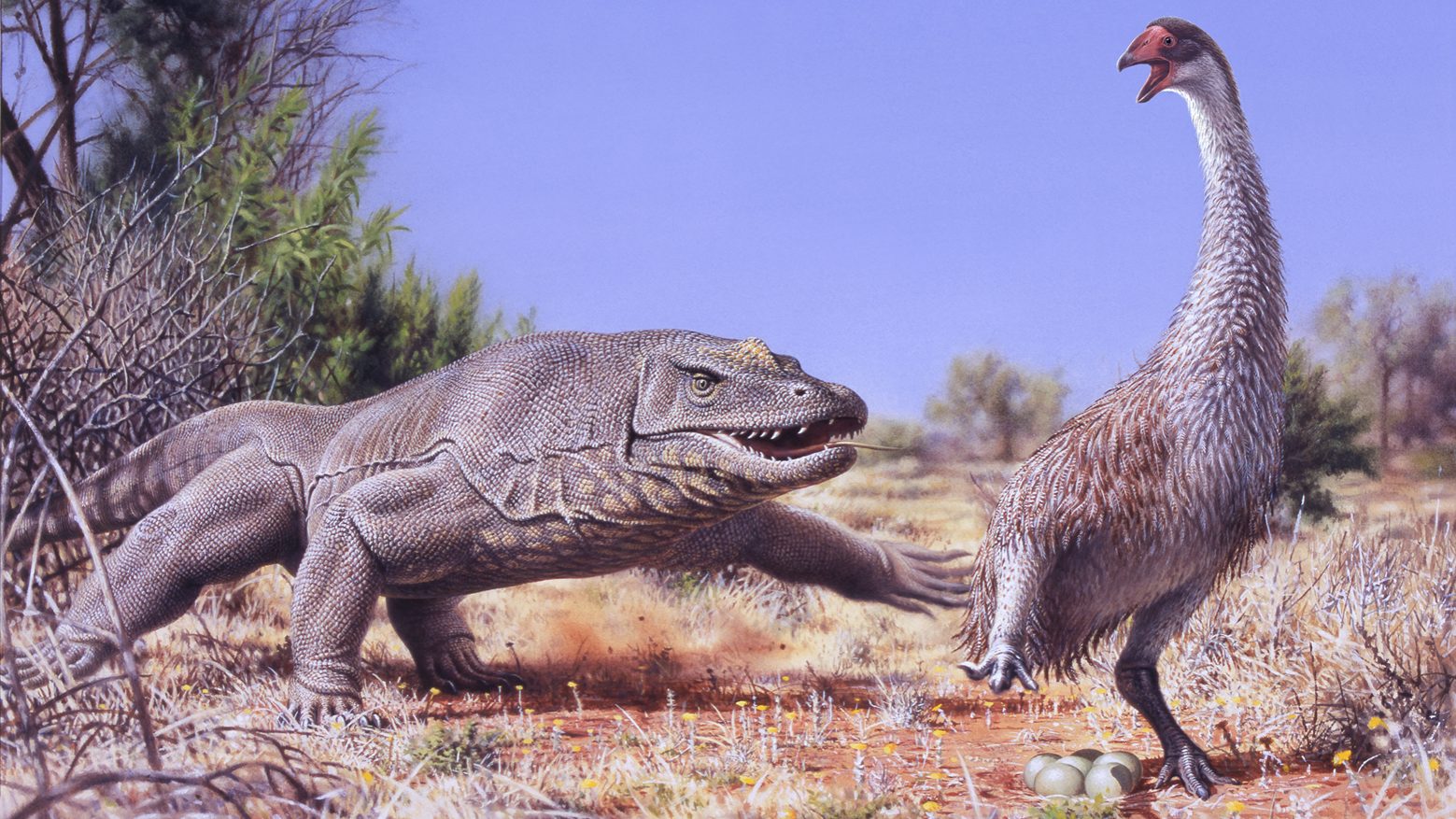
The much-feared, Megalania — a six-metre long carnivorous lizard — attacks the nest of a Bullockornis, a 2.5 metre tall goose-like creature. Photo © Peter Trusler & Monash University Gippslaand / Flickr Imagine a Komodo dragon. Plonk it down in the Australian outback, and then double (or even triple) its size. Meet Megalania. (Okay, now run. Or hope your time machine is sturdy.)
Related to modern-day goannas, Megalania was the largest terrestrial lizard ever known to have existed. While the lack of complete skeletons makes it difficult to know the species’ exact size, scientists estimate that Megalania measured anywhere between 18 and 26 feet long. At that point, exact measurements don’t matter. Megalana was big. Very, very big.
Meanwhile, the largest lizard alive today — the famed Komodo dragon — grows between 7.5 and 8.5 feet long on average, with the largest individual recorded at 10.3 feet. Scientists suspect that like modern-day Komodos, Megalania had venom in its saliva that might have helped weaken prey.
Scientists estimate that Megalania went extinct around 40,000 years ago. Aboriginal Australians arrived on the continent at least 65,000 years ago — a time when Neanderthals were still alive in Europe — raising the possibility that they lived alongside Megalania for several thousand years. Wow.
-
Megatherium
Megatherium americanum | South America
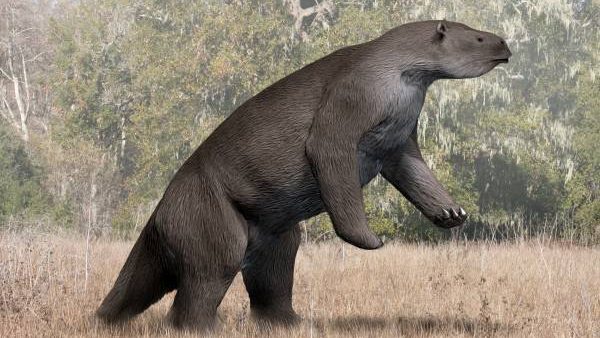
The super-sized sloth, Megatherium. Photo © NobuTamura / Wikimedia Commons Modern-day sloths are pretty darn cool. They hang upside down, are covered in algae, and poop a ridiculous percentage of their body weight every 10 days. Cool. Now… imagine a sloth the size of a bear.
Megatherium was a genus of super-sized sloths that lived in the Americas until the end of the Pleistocene, around 8,500 years ago. The first peoples to arrive in the Americas, across the Bering land bridge, would have encountered Megatherium as they migrated down the continent.
Megatherium americanum was among the largest land mammals ever to have lived, along with modern elephants and rhinoceros. Adults stood about 12 feet tall on their hind legs and weighed as much as a bull elephant. Based on the fossil evidence, scientists think that Megatherium species walked on the sides of their feet, like modern anteaters, and were partly bipedal. It’s also likely that they were mostly hairless (like elephants) and grazed vegetation with prehensile lips (like giraffes).
Speaking of grazing vegetation…. Giant sloths pooped. And though the sloths are long gone, their poop is yielding incredible insights about Earth’s ancient climate. Scientists can dissect fossil dung — filled with seeds, plant particles, and pollen — to learn what ancient plant communities were in a particular location. That, in turn, provides clues about local temperature and climate. For example, dungs data suggests that California’s famous Joshua trees won’t fare well as global temperatures increase.
If that weren’t interesting enough, consider this: We owe the survival of lots of fossil poo to a little rodent called the pack-rack. These mammals in the Neotoma genus collect dung, rocks, and other plant matter, carry them into caves or rock overhangs, and then cement them together into a midden with their own urine. And when they occur in arid environments, like the desert, these middens can last for tens of thousands of years. Pack rats have been building poo-homes since the Pleistocene, so their ancient middens are a treasure-trove for paleoclimatologists.
-
Moa & the Haast’s Eagle
Dinornithiformes & Hieraaetus moorei | New Zealand

Giant predator, giant prey.. Photo © John Megahan / Wikimedia Commons Forget watching a saber-toothed tiger take down a meal. I want to watch a giant eagle eat an ostrich. Or, rather, ancient New Zealand’s equivalent of an ostrich.
Moa were large, flightless birds related to modern-day kiwi, emu, and ostrich. This lineage of birds, the ratites, evolved in Australia and then dispersed across the supercontinent Gondwana as far as Madagascar. There were nine different moa species found on New Zealand’s North and South Island. The two largest, Dinornis robustus and Dinornis novaezelandiae, were about 12 feet tall (with outstretched necks) and weighed around 500 lbs. (For comparison, a male ostrich is 9 feet tall and weighs about 330 pounds).
Now where there’s prey, there’s a predator. As incredible as it may sound, there was once something large and tough enough to prey on moa: a super-sized eagle.
The Haast’s eagle is the largest eagle known to have existed, with females (the larger of the two sexes) weighing an estimated 22 to 33 pounds. For comparison, that’s about 40 percent larger than the largest living eagle species today. They had a rather short wingspan compared to their size, with females measuring between 8.5 and 10 feet with wings outstretched.
At that size, Haast’s eagles were more than capable of predating people. Did they? We’re not sure. But Maori legend tells of a bird that would swoop down from the sky and kill children, so maybe stay inside that time machine, just in case.
Humans caused the demise of both the moa and the Haast’s eagle. Maori settlers arrived in New Zealand around 1300 AD and hunted the moa to extinction around 500 years ago. And as their main prey species disappeared, so too did the Haast’s eagle.
-
Archaeoindris
Archaeoindris fontoynontii | Madagascar

Archaeoindris, the gorilla-sized lemur from Madagascar. Photo © Smokeybjb / Wikimedia Commons My modern-day mammal wish list includes both gorillas and lemurs. But if I had a time-machine, I could travel back to ancient Madagascar and see a gorilla-sized lemur. Excellent.
Archaeoindris was a species of massive lemur that went extinct fairly recently, around 500 to 100 BC, overlapping with the first humans that populated the island. It belonged to a family of extinct lemurs known as sloth lemurs, which were related to modern-day indri, sifakas, and woolly lemurs.
We don’t know much about Archaeoindris, since scientists have only found a complete skull and six bones from the animal’s lower body. Given the lack of skeletal data, size estimates vary for Archaeoindris. Most put it at around the size of an adult male gorilla, making Archaeoindris the largest primate to ever evolve on Madagascar. Scientists suspect it ate leaves, possibly fruit and other vegetation.
By now you’re probably noticing a pattern: when left to evolve on islands, some species tend to get very big, a phenomenon called insular gigantism. Other species take the opposite route and evolve to be much smaller than their mainland counterparts, a process known as insular dwarfism. The general rule is that species that are large on the mainland will evolve smaller on islands (like the pygmy hippo), while those small to begin with evolve to be super-sized (like giant tortoises).
Why does this happen? Island biogeographers spend a lot of time studying just that. It comes down to predators, resources, and competition. Small species that colonize islands (like rodents or insects) will often face little competition for resources and have no pressure from predators, allowing them to evolve a larger body size. Meanwhile, large species newly arrived on islands will often have fewer resources than on the mainland, forcing them to evolve smaller body mass to survive. And then all of those forces interact with the island itself: what the environment is like, what other species are there, and how much the ecosystem can support.
Whether large or small, island species are particularly vulnerable to extinction. Most have become highly specialized, unable to live elsewhere and sensitive to ecosystem disturbance. Many island species evolved without carnivorous mammalian predators, leaving them defenseless against rodents, cats, and other invasive species humans bring with them. And when their habitat is lost, island species have nowhere else to go.
The modern-day relatives of Archaeoindris are a prime example. Conservationists warn that lemurs are the most threatened mammal group on the planet. Out of 111 known lemur species (and subspecies), at least 105—95 percent—are threatened with extinction.
-
American Cheetah
Miracinonyx sp. | North America
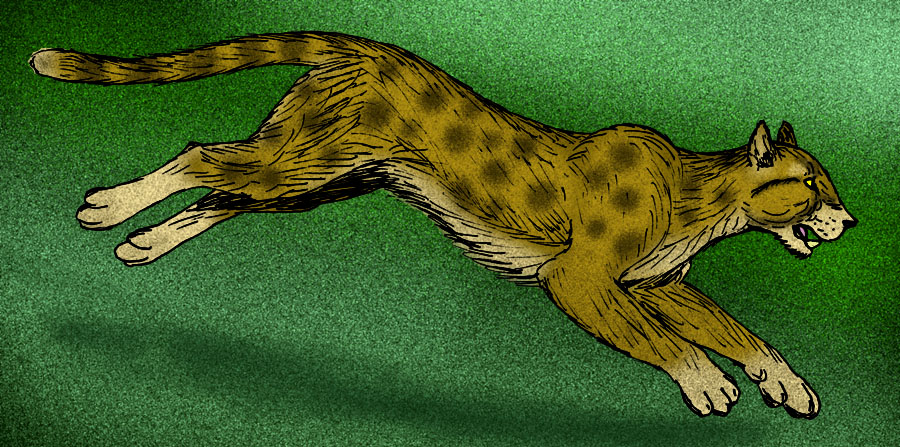
An artist’s interpretation of the American cheetah. Photo © Apokryltaros / Wikimedia Commons Why do modern pronghorn run so fast? (Hint: It’s not a riddle.) Because they evolved to outrun American cheetah.
Two species of extinct, cheetah-like felid once hunted on the grasslands of North America. Miracinonyx trumani and Miracinonyx inexpectatus both evolved from a cougar-like ancestor and had traits very similar to modern cheetahs, with short faces and long legs suited to running.
Over the years, there’s been considerable debate as to if and how they are related to modern cheetahs. Some scientists proposed that all cheetahs evolved from the Puma lineage in the Americas, and some migrated back to Africa across land bridges to evolve into African cheetahs. But more recent evidence, including DNA analysis, indicates that American and African cheetahs didn’t evolve from a common ancestor, but rather evolved similar features and behavior as a result of parallel evolution.
Evolutionary origins aside, American cheetah were pretty cool cats. Scientists think that M. trumani most resembled modern cheetahs, and likely hunted ungulates on the grasslands. Pronghorn can reach speeds of up to 60 miles per hour, far faster than the top running speed of current predators. Scientists theorize that predation from M. trumani drove pronghorn to evolve their speedy skills, which they have retained despite the cheetah going extinct around 11 to 12,000 years ago. Scientists need more evidence to prove this theory, but it’s a tantalizing possibility.
Unlike American cheetah, pronghorn are still around today. And they continue to inspire people who — not content with our imaginary time machine — want to recreate ancient North America by reintroducing megafauna to the Great Plains. Some harbor dreams of cloning mammoths from permafrost DNA, others advocate more realistic solutions like introducing modern-day proxies, like the African cheetah, in place of extinct species.
Pleistocene re-wilding is a fun thought-experiment. But as fans of Jurassic Park will remember, we lack a wealth of critical details about the complex interactions between extinct species. Well-meaning introductions of modern species outside of their native environs (think cane toads) often backfire, with disastrous consequences. The odds are that Pleistocene re-wilding would, at best, be an expensive sideshow with little conservation benefit. At worst we could create an ecological nightmare, diverting funding and attention from other conservation efforts that need it most.
-
Thylacine
Thylacinus cynocephalus | Australia
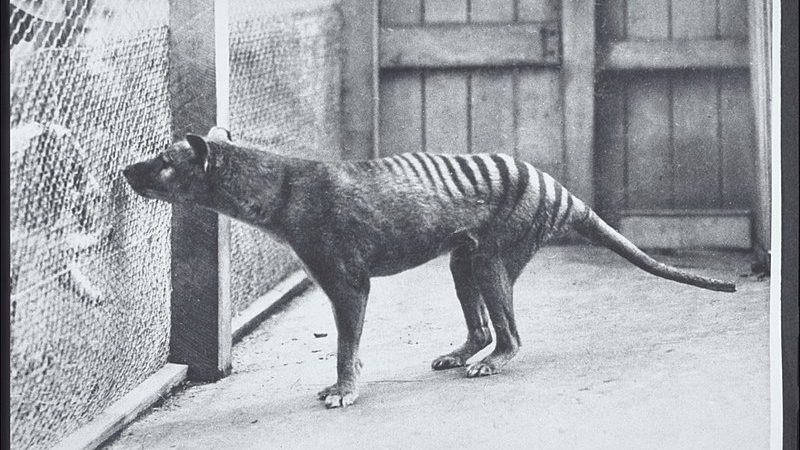
A captive thylacine at the Hobart Zoo. Photo © Harry Burrell / Wikimedia Commons Most of the other species on my time-machine wish list are guilt-free. Sure, modern humans might have killed off the megafauna, but I can reasonably absolve myself of that guilt. Not so with the thylacine.
Also known as the Tasmanian tiger, the thylacine was once found on both Tasmania and mainland Australia. Scientists estimate that they disappeared from the mainland 3,200 years ago, but persisted in the rugged wilds of Tasmania until at least the 1930s. While there is some evidence that the species was in decline due to habitat loss and disease, Europeans hastened their demise through outright persecution. The Tasmanian government put a bounty on thylacine, who were thought to prey on livestock.
The last captive thylacine died at Hobart Zoo on 7 September, 1936 when it was locked outside during freezing overnight weather. Less than 2 months earlier, the Tasmanian government introduced legislation to protect thylacines — too little, too late.
The thylacine is Australia’s version of the ivory-billed woodpecker. Tantalizing reports trickled in in the 1940s and 50s — a possible sighting from a helicopter, another supposedly shot and killed, footprints and nocturnal vocalizations — which raise the possibility that thylacines survived in low numbers for a few decades. Yet multiple scientific expeditions over 50 years produced no conclusive evidence, and so the IUCN officially declared the species extinct in 1982. But like the ivory-billed woodpecker., some still believe the thylacine still roams remote Tasmania.
This extinction is so recent that there’s even video footage of a captive thylacine, pacing a small, concrete-floored pen. It’s a grim reminder that the endangered species of today, the very ones conservationists work so hard to save, could so easily end up as another entry in the annals of extinction.
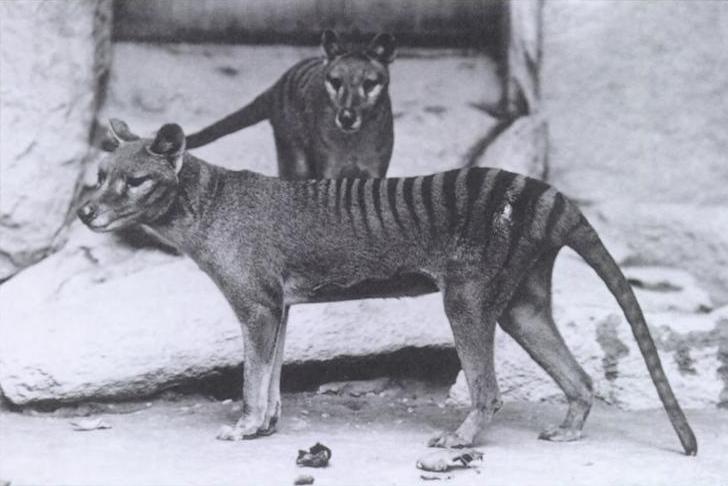

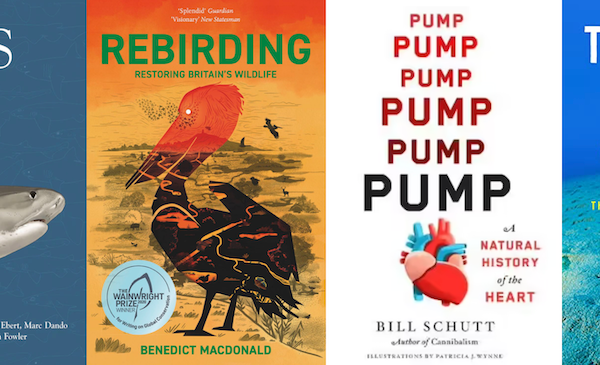

Love your list! Mine would be very similar, with the additions of the dodo and Steller’s sea cow. Of course if I included dinosaurs and other, older, prehistoric life my list would be very, very long.
The Thylacine – the most perfect example imaginable of convergent evolution. To understand that it is/was more closely related to a kangaroo than to a wolf is to appreciate the wonder of evolution by natural selection. And to grieve its loss.
Interesting.
The American Cheetah may be gone but today, I am trying to be part of supporting and protecting the American Jaguar which there are still a few.
Although the wall that trump built does not help the American Jaguar in the least.